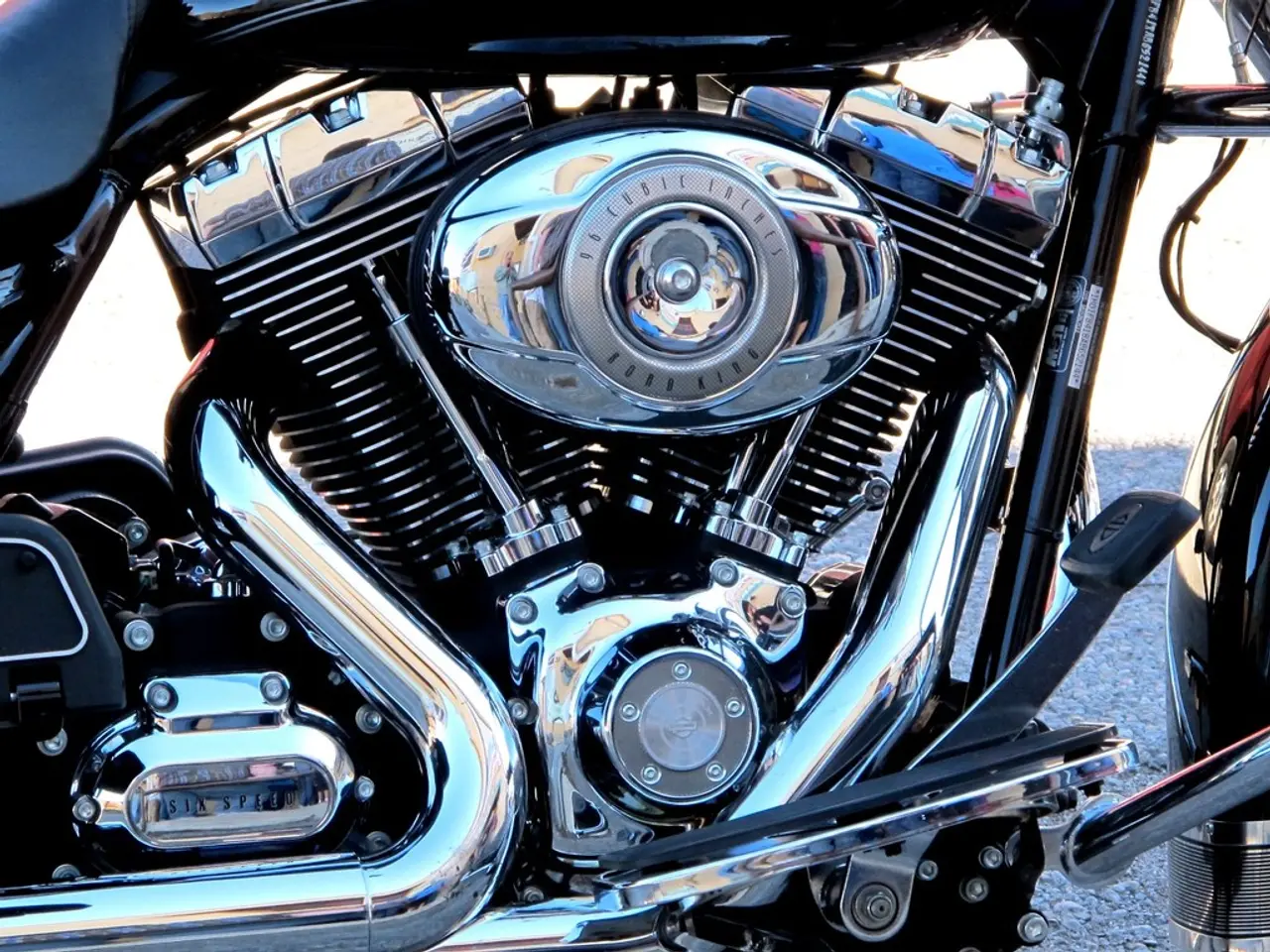Analysis: Development and Planning of Motor Regulation Circuitry
High-Performance Motor Control PCB Unveiled by Sierra Circuits
Sierra Circuits, a leading provider of advanced PCB solutions, has recently unveiled a high-current motor control board, designed to meet the demanding needs of automated systems with more than one axis.
Key Design Features
The motor control board is an 8-layered board with dimensions of 192 mm x 141 mm. It operates at a peak current of 30 amps and an average current of 20 amps, making it suitable for high-current applications. The board also operates at a 50 MHz frequency and has an ethernet of 100 Mb/S.
Robust Motor Driver ICs
A suitable high-current motor driver, such as the STMicroelectronics VNH7070ASTR, is used in the design. This IC supports a maximum output current of 15A, operates at supply voltages up to 28-41 V, and is automotive-grade (AEC-Q100), making it reliable for harsh environments.
Power Handling and Thermal Management
Given the high currents involved, careful PCB layout to enhance heat dissipation is critical. This includes using wide and thick copper traces or planes for power paths to reduce resistance and heat buildup, placing the motor driver IC and associated power components so heat can be effectively conducted to heatsinks or PCB thermal vias, and keeping components rated for high operating temperatures.
Controlled Impedance and Signal Integrity
For the control signals, especially PWM or high-frequency switching signals, controlled impedance is important to ensure signal integrity. This includes marking controlled impedance lines in schematics, using microstrip or stripline construction with continuous ground and power planes, matching differential pair trace lengths within 20% of the signal rise/fall time, and adding stitching vias near layer transitions.
Decoupling and Filtering Capacitors
Placing ceramic decoupling capacitors close to power pins with minimal vias reduces noise and ensures stable operation under high current loads.
Multilayer PCB Design
Employing multilayer PCBs facilitates separate power and ground planes, aiding heat dissipation, EMI reduction, and controlled impedance layout.
Protection Circuits
For high-current motor control, including circuit breakers or electronic current limiters at district or block levels ensures system protection against shorts and overloads.
Component Placement and Grouping
Components are grouped according to their functions to prevent interference. The design of the board also incorporates more than a thousand components in multiple circuitries, making component placement challenging.
Additional Features
The motor control board design includes a brushed DC motor controller, and high-current traces are split into different layers of the board for preventive measures against overload. The design guide for IPC Class 3 Design contains 8 chapters, 23 pages, and is a 35-minute read. The board material is FR-370 HR, offering maximum thermal performance and reliability. CAN Bus interfacing is implemented in this design, and the board is an IPC class-3 design, undergoing thorough inspection to ensure high quality.
Applications
The motor controller is the brain of electric vehicles, managing the energy flow, speed, and direction of the system. It also facilitates robotic motion control, enabling flexible arms or wings to rotate, slide, move, and position themselves according to the assigned task. Motor controllers can be used in various propulsion systems such as electric bikes, electric cars, fuel pumps, motorbikes, etc.
The motor control PCB unveiled by Sierra Circuits, designed for high-current applications, includes Controlled Impedance to ensure the integrity of control signals, such as PWM or high-frequency switching signals. This PCB design also utilizes multilayer PCBs for separate power and ground planes, aiding heat dissipation, EMI reduction, and controlled impedance layout. Additionally, gadgets like electric vehicles, robots, electric bikes, and electric cars often incorporate this kind of advanced technology, proving advantageous for their propulsion systems.



